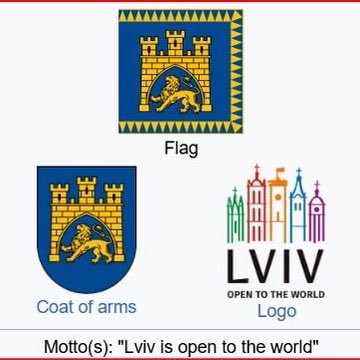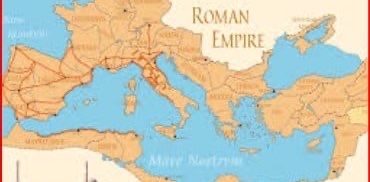Lviv is the largest city in western Ukraine, as well as the fifth-largest city in Ukraine. Archaeologists have demonstrated that the Lviv area was settled by the 5th century. The city of Lviv was founded in 1250 by King Daniel of Galicia (1201–1264) in the Principality of Halych of Kingdom of Ruthenia. Lviv was invaded by the Mongols in 1261. Various sources relate the events, which range from the destruction of the castle to a complete razing of the town. All sources agree that it was on the orders of the Mongol general Burundai. In 1349, the Kingdom of Ruthenia with its capital Lviv was annexed by the Crown of the Kingdom of Poland. The kingdom was transformed into the Ruthenian domain of the Crown with Lwów as the capital. In 1772, following the 1st Partition of Poland, the region was annexed by the Habsburg monarchy to the Austrian Partition. In February 1946, Lviv became a part of the Soviet Union.





















